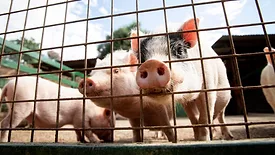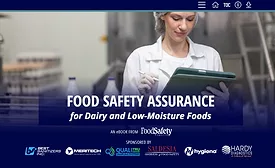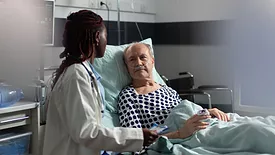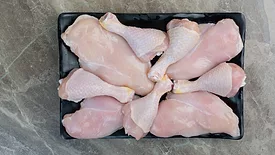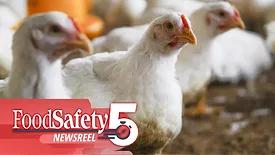Home » Keywords: » Salmonella
Items Tagged with 'Salmonella'
ARTICLES
Sponsored Content
eBook | Food Safety Assurance for Dairy and Low-Moisture Foods
December 11, 2025
EVENTS
Webinar
12/4/25 to 12/4/26
Contact: Vania Halabou
Beyond Detection: How Integrated PCR Diagnostics Strengthen Food Safety in RTE Manufacturing
Never miss the latest news and trends driving the food safety industry
Newsletters | Website | eMagazine
JOIN TODAY!Copyright ©2026. All Rights Reserved BNP Media.
Design, CMS, Hosting & Web Development :: ePublishing





